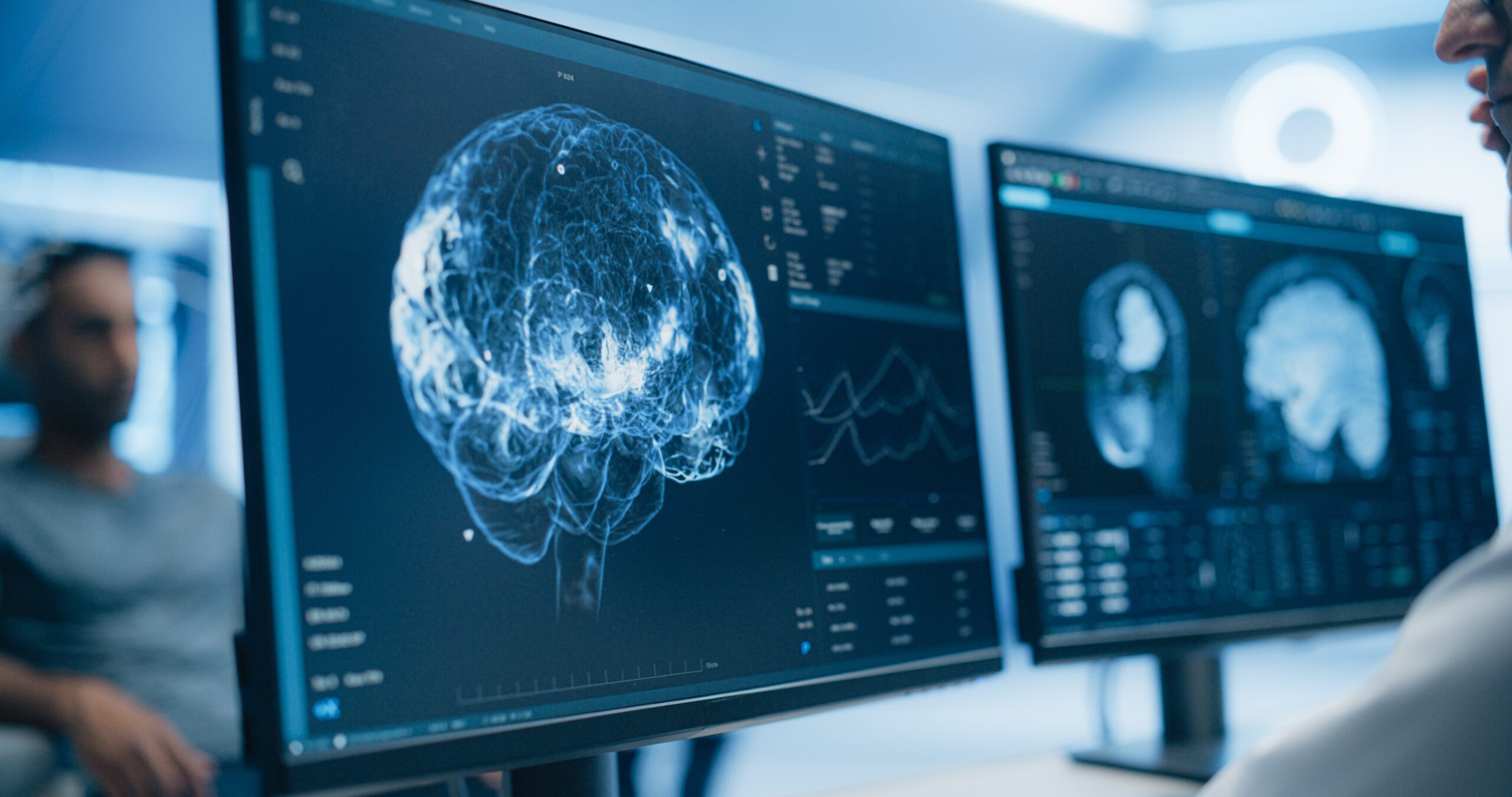Neurology and maxillofacial
Neurology: an IMPC center of excellence
RDV en ligne sur Doctolib
Rendez-vous Doctolib IMPC Bachaumont – IRM Paris 75002
Rendez-vous Doctolib Pôle Santé Bergère – IRM Paris 75009
Rendez-vous Doctolib Clinique Blomet- IRM Paris 75015

Qu’est-ce que la neurologie ?
A specialized brain imaging center
Our neurology en neuro-imagerie moderne assure la gestion clinique des patients atteints de tumeurs cérébrales. En effet, c’est par l’intermédiaire des techniques de neuroimagerie non invasive qu’on offre désormais la possibilité d’intégrer des informations fonctionnelles, hémodynamiques, métaboliques, cellulaires, microstructurelles et génétiques dans l’évaluation des patients atteints de brain tumors. These imaging tools are used to diagnose and classify preoperative brain tumors, pour planifier et diriger la chirurgie en peropératoire, pour surveiller et évaluer la réponse au traitement et le pronostic du patient, et pour comprendre les effects of treatment on the brain of the patient.
Qu’est-ce que la neuro-imagerie ?
L'neurological imaging produit des images de la structure ou de l’activité du système nerveux, généralement du brain. It uses techniques such as magnetic resonance imaging (MRI) and computer tomography (CT).
Notre centre est notamment sollicité sur des diagnostics engageant l’Brain MRI.
Brain MRI
The world of medical imaging has made significant strides in diagnosing and understanding the human body. As one of these technologies, Magnetic Resonance Imaging (MRI) offers detailed images of internal structures without requiring invasive procedures. In this article, we discuss the crucial role of lumbar spine MRI in diagnosing conditions affecting the lower back. Brain MRI produces detailed images of the brain and brain stem.
Why are brain MRIs done?
In the neurologya Brain MRI can help doctors to look for conditions such as bleeding, swelling, brain development problems, muscle spasms, and other symptoms. tumorsinfections, inflammation, damage caused by injury or stroke, or blood vessel problems.
L'Brain MRI can also help doctors search for causes of headaches or epileptic seizures. It can show whether a shunt is working.
In some cases, brain MRI can provide clear images of parts of the brain that cannot be seen as well with an X-ray, CT scan or ultrasound, making it particularly useful for finding problems with thepituitary gland and brain stem.
Key facts and figures
It is now recognized that neurological disorders contribute significantly to overall disability, often resulting in severe physical, cognitive and psychosocial limitations. The Global Burden of Disease (GBD) study identifies mental, neurological and substance use disorders as a major cause of disease burden worldwide. The most recent estimates show that stroke is the second leading cause of morbidity and mortality worldwide. Dementia, meningitis and migraine rank among the top 30 contributors to disability-adjusted life years, and epilepsy among the top 50, out of 315 diseases and injuries included.
What imaging tests are available for neurology?

Un centre qui suit activement les évolutions dans la neurologie.
Our neurology center keeps abreast of the latest developments in the field, in order to implement the most reliable procedures for the safe diagnosis of brain tumors.
Today, ongoing research in the field ofhe imaging of brain tumors visent à développer, valider et mettre en œuvre cliniquement des techniques avancées de neuro-imagerie. Ces techniques avancées peuvent aider :
-
au diagnostic et à l’identification de tout facteur de maladie ou de risque cliniquement pertinent spécifique à chaque patient,
-
the selection and implementation of the appropriate treatment targeting the unique biology of the individual tumor,
-
and to detect early treatment failure and any early or late treatment-related complications.
